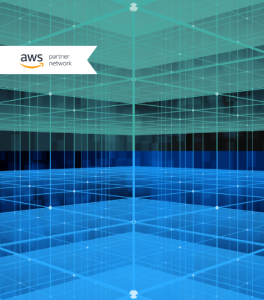
Whether it's car parts, headphones or prostheses: there's hardly anything that can't be printed three-dimensionally. Researchers are even working on producing human organs. But how does a 3D printer actually work?
A few years ago, there was a huge hype around 3D printing. Developers talked about fantastic visions they had for the future of the technology. Many of the predictions have not yet come true. Nevertheless, 3D printing is now used in numerous areas – for example in research, construction and industry.
3D printing has existed for almost 40 years
The first 3D printer was officially developed by Chuck Hull. The inventor filed a patent application for the stereolithography process in 1984 and was granted the patent. He is also responsible for the development of the STL interface and founded the company 3D Systems in 1986. It launched the world's first 3D printer in 1987 under the name SLA-1.
Originally, the technology was mainly used for so-called prototyping in industry. But further development progressed quickly. Modern 3D printers are now more affordable and easier to use and are also used privately. Even entire houses can be built using the technology.
How does a 3D printer work?
3D printing is based on the layer-by-layer construction of an object. Using an additive process, materials such as plastic, metal, resin, ceramic or food are placed on top of each other in many layers until they ultimately form a three-dimensional object.
Before the actual printing can take place, however, there must first be a digital 3D model. A software breaks down the template of the object to be printed into hundreds of thin layers and exports a file in what is known as G-code format. This is an older programming language that gives the printer precise instructions on where to add the material.
There are several ways to print objects in 3D. The following methods are currently the most common:
- FFF (Fused Filament Fabrication) oder FDM (Fused Deposition Modeling): Printing using spools of plastic fibers
- SLA (Stereolithografie): a technology that solidifies photosensitive resin
- PBF (Powder Bed Fusion): a range of powder-based processes, which, for example, fuse the particles with powerful lasers
- Material or binder jetting: Powdered starting material is bonded at selected points with a binder
The advantages of 3D printing
3D printing can create highly complex objects that cannot be produced using conventional methods. However, one of the main advantages of the technology is its speed.
Although the actual printing process can take hours or even days, the turnaround time is usually shorter compared to traditional production methods.
Also interesting:
Source: https://www.basicthinking.de/blog/2024/09/15/wie-funktioniert-ein-3d-drucker/


